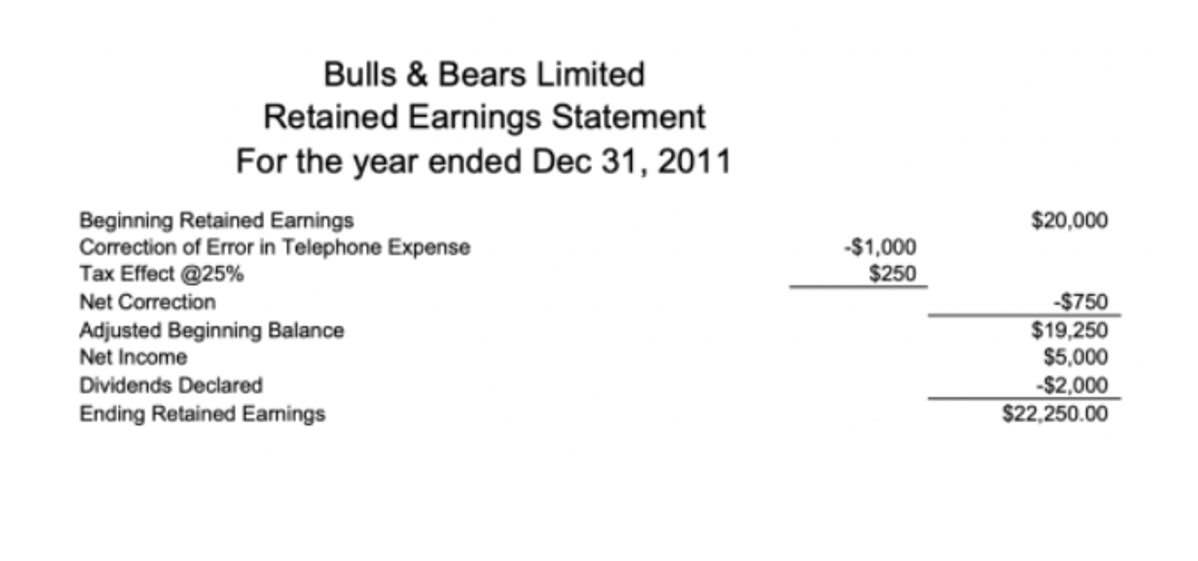- Have any questions?
- +1.800.677.8282
- [email protected]
What Is Net Working Capital? With Definitions And Formulas
Fetal alcohol syndrome face: How FASD affects the face and more
April 1, 2022Zevs in что это за проект и как в нем работать?
April 27, 2022
Working capital is a company’s current assets minus its current liabilities. Both current assets and current liabilities are found on a company’s balance sheet. Current assets are the assets that can be converted into cash within a short period of time, typically one year.
Working Capital: Formula, Components, and Limitations
Working capital is the amount of current assets left over after subtracting current liabilities. A negative amount indicates that a company may face liquidity challenges and may have to incur debt to pay its bills. Working capital represents how to calculate change in net working capital a company’s ability to pay its current liabilities with its current assets. This figure gives investors an indication of the company’s short-term financial health, its capacity to clear its debts within a year, and its operational efficiency.
What is the Net Working Capital Ratio?
Current assets are accessible resources that can be converted into cash within a year, whereas current liabilities are obligations with an expiration date within the same year. First, add up all the current assets line items from the balance sheet, including cash and cash equivalents, marketable investments, and accounts receivable. Working capital represents the difference between a firm’s current assets and current liabilities. Working capital, also called net working capital, is the amount of money a company has available to pay its short-term expenses. Since Paula’s current assets exceed her current liabilities her WC is positive.
Want More Helpful Articles About Running a Business?
- Net working capital is the financial cushion that allows businesses to meet their short-term financial obligations.
- Conversely, a working capital ratio below one can be a cause for concern.
- Examples of changes in net working capital include scenarios where a company’s operating assets grow faster than its operating liabilities, leading to a positive change in net working capital.
- This makes sense because although it stems from a long-term obligation, the current portion will have to be repaid in the current year.
- One nuance to calculating the net working capital (NWC) of a particular company is the minimum cash balance—or required cash—which ties into the working capital peg in the context of mergers and acquisitions (M&A).
- From shifts in market demand to variations in supplier terms, various internal and external factors can influence working capital dynamics.
This is to ensure that your business maintains a sufficient amount of Net Working Capital in each accounting period. Such an optimal level of Net Working Capital ensures that your business is neither running https://www.bookstime.com/ out of funds. Adequate Net Working Capital ensures that your business has a smooth operating cycle. This means the time needed to acquire raw material, manufacture goods, and sell finished goods is optimum.

Everything You Need To Master Financial Modeling

As stated earlier, the Net Working Capital is the difference between the current assets and current liabilities of your business. Any change in the Net Working Capital refers to the difference between the Net Working Capital of two executive accounting periods. Your business must have an adequate amount of working capital to survive and perform its day-to-day operations. Many industries have a higher percentage of current assets relative to the total assets on their balance sheet.
- Yes, working capital can be zero if a company’s current assets match its current liabilities.
- Current assets are any assets that can be converted to cash in 12 months or less.
- The textbook definition of working capital is defined as current assets minus current liabilities.
- A company with more operating current assets than operating current liabilities is considered to be in a more favorable financial state from a liquidity standpoint, where near-term insolvency is unlikely to occur.
- A low Net Working Capital Ratio indicates that your business is facing serious financial challenges.
- The Net Working Capital formula involves deducting current liabilities from current assets.
Tips to Increase Working Capital
From Year 0 to Year 2, the company’s NWC reduced from $10 million to $6 million, reflecting less liquidity (and more credit risk). Grasping the Net Working Capital formula and its implications is crucial for evaluating a company’s immediate financial status. Recognizing its limitations is essential for a comprehensive financial assessment in today’s dynamic markets. Net working capital is a tool used by small business owners better to understand the current financial situation of their enterprise.
- Accounts receivable days, inventory days, and accounts payable days all rely on sales or cost of goods sold to calculate.
- To reiterate, a positive NWC value is perceived favorably, whereas a negative NWC presents a potential risk of near-term insolvency.
- Typically, other current assets and liabilities represent a relatively small portion of a company’s assets and liabilities.
- One common financial ratio used to measure working capital is the current ratio, a metric designed to provide a measure of a company’s liquidity risk.
- In other words, you have the raw material required to manufacture goods without any delays.
- Business executives usually aim for a positive net working capital, where current assets exceed current liabilities.
- Lenders will often look at changes in working capital when assessing a company’s management style and operational efficiency.
The quick ratio—or “acid test ratio”—is a closely related metric that isolates only the most liquid assets, such as cash and receivables, to gauge liquidity risk. Working capital is a core component of effective financial management, which is directly tied to a company’s operational efficiency and long-term viability. Finally, you subtract any other financial obligations considered liabilities, such as employee wages, interest payments, and short-term loans that will come due within the next year. In our example, if these expenses amount to $1.075 million, subtract this from the $1.48 million, resulting in a net working capital of $405,000.
- Adequate Net Working Capital ensures the long-term solvency of your business.
- You need to keep a check on the credit paying capacity of your customers.
- A negative net working capital, on the other hand, shows creditors and investors that the operations of the business aren’t producing enough to support the business’ current debts.
- As a business owner, it’s important to calculate working capital and changes in working capital from one accounting period to another to clearly assess your company’s operational efficiency.
- Therefore, the working capital peg is set based on the implied cash on hand required to run a business post-closing and projected as a percentage of revenue (or the sum of a fixed amount of cash).

Rohan has also worked at Evercore, where he also spent time in private equity advisory. Whether you’re a small business owner or part of a large corporate finance team, your organization needs cash to cover its business needs and pursue its goals for growth, investment, and innovation. Liquid assets are of capital importance (pun absolutely intended) in supporting this mission. An increase in a company’s working capital decreases a company’s cash flow. When you determine the cash flow that is available for investors, you must remove the portion that is invested in the business through working capital. Changes in working capital are reflected in a firm’s cash flow statement.
Balance Sheet Assumptions
The change in NWC comes out to a positive $15mm YoY, which means the company retains more cash in its operations each year. An increase in the balance of an operating asset represents an outflow of cash – however, an increase in an operating liability represents an inflow of cash (and vice versa). In fact, cash and cash equivalents are more related to investing activities, because the company could benefit from interest income, while debt and debt-like instruments would fall into financing activities. The reason is that cash and debt are both non-operational and do not directly generate revenue.

